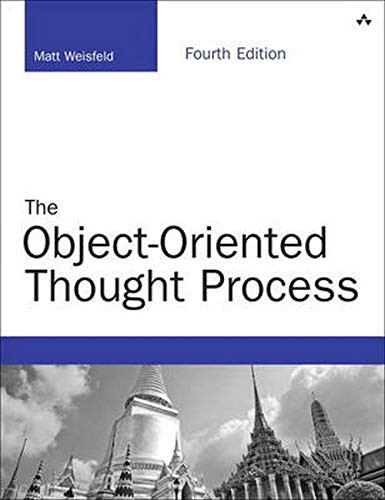
# Object-Oriented Thought Process
Description
A practical guide to understanding object-oriented programming and design principles, focusing on the conceptual foundations rather than specific languages.
My Notes
Why I Read This Book
After working with object-oriented programming for years, I wanted to revisit the fundamental concepts and ensure I wasn't missing anything important in my design approach. This book is well-regarded for its accessible exploration of OOP concepts regardless of programming language.
Key Takeaways
Thinking in Objects
The book helped me shift from procedural thinking to truly understanding objects as self-contained units with both attributes and behaviors. This mental model creates more maintainable and reusable code.
Encapsulation and Information Hiding
The distinction between these two concepts was particularly valuable. While encapsulation is about bundling data and methods, information hiding is about protecting internal implementation details. Both are crucial for creating robust systems.
Proper Inheritance Usage
I appreciated the clear explanation of when to use inheritance versus composition, and how to avoid common pitfalls like fragile base classes and inappropriate inheritance hierarchies.
Design Principles Beyond Basics
The book goes beyond basic OOP concepts to introduce important design principles like:
- Separating interface from implementation
- Programming to interfaces, not implementations
- Creating cohesive classes with high internal consistency
- Keeping coupling between components low
How I've Applied It
I've revisited several of my projects with these principles in mind and found opportunities to improve my designs. I've been more careful about inheritance relationships, more consistent about encapsulation, and more thoughtful about class responsibilities.
The lessons from this book have been especially helpful when working on larger teams, as they provide a common vocabulary and set of principles for discussing code organization and design decisions.